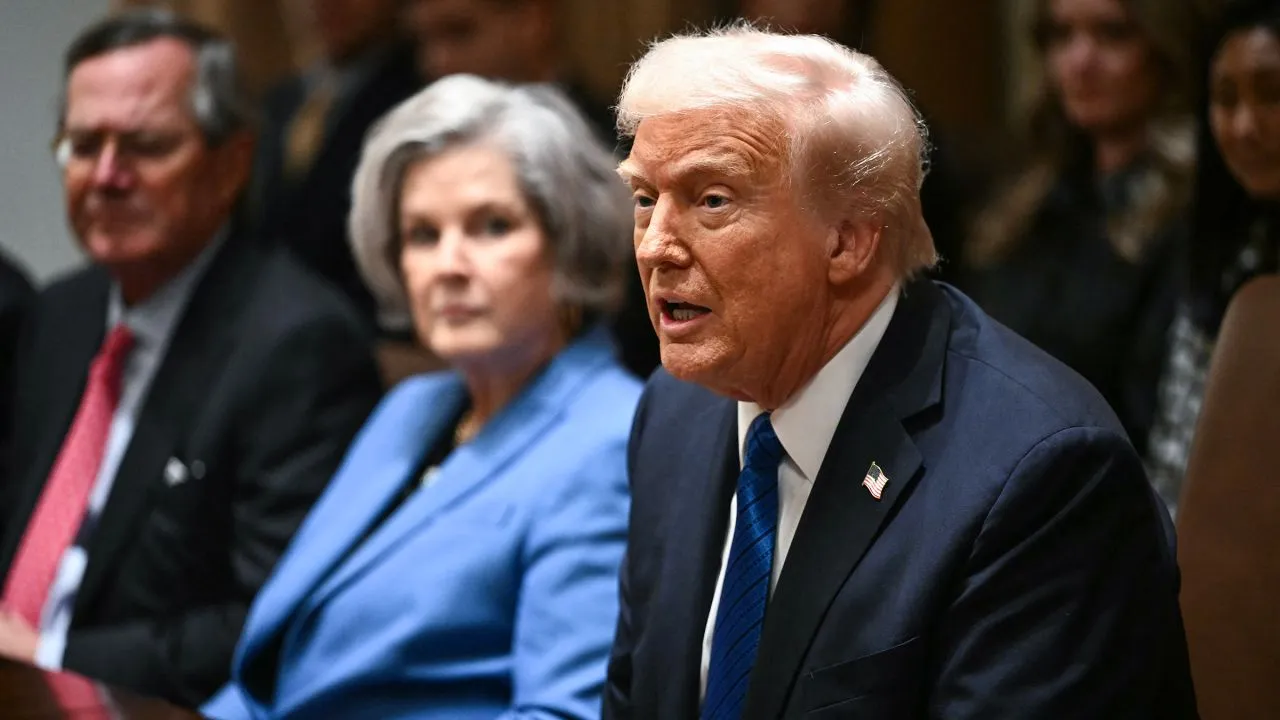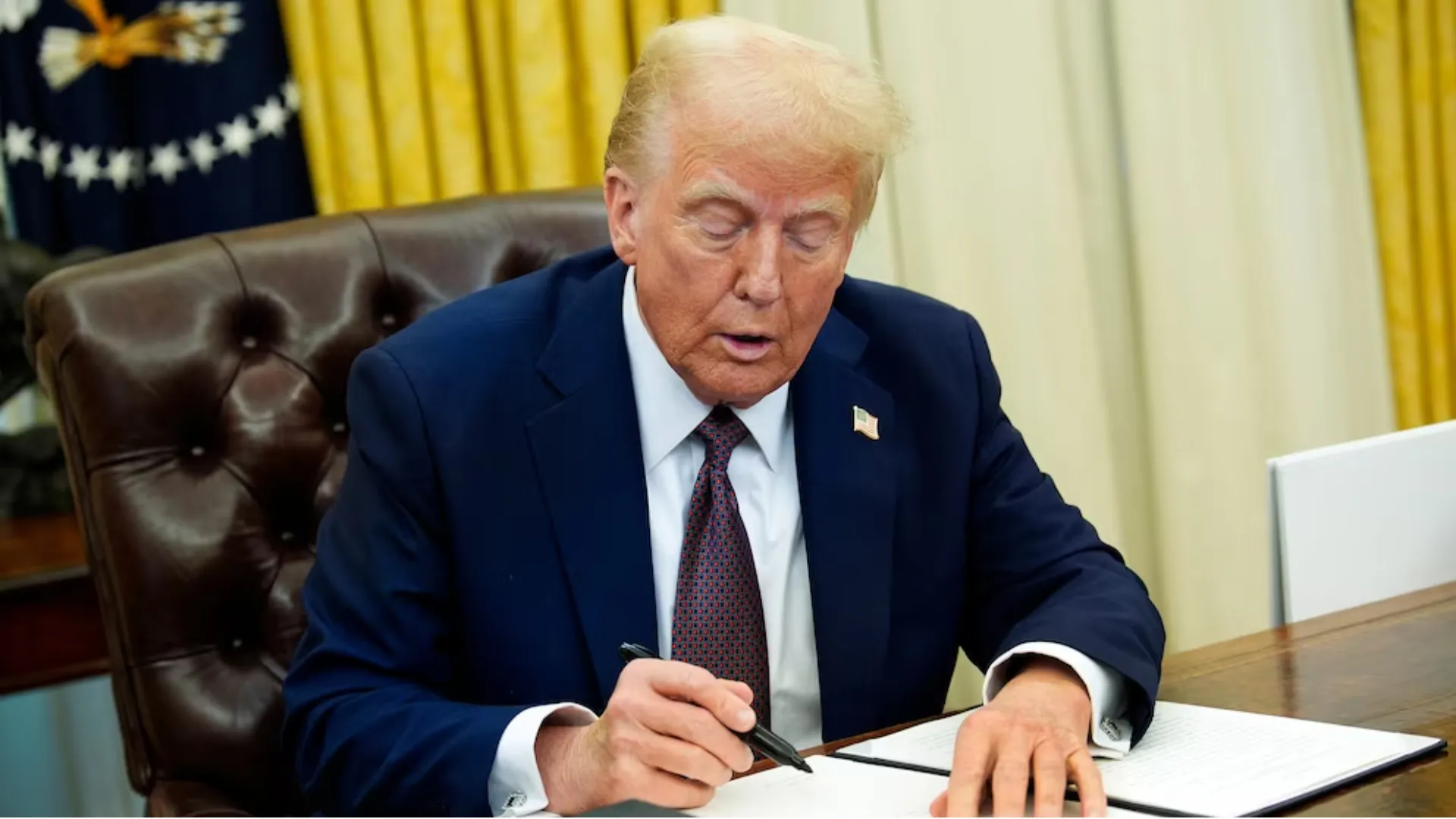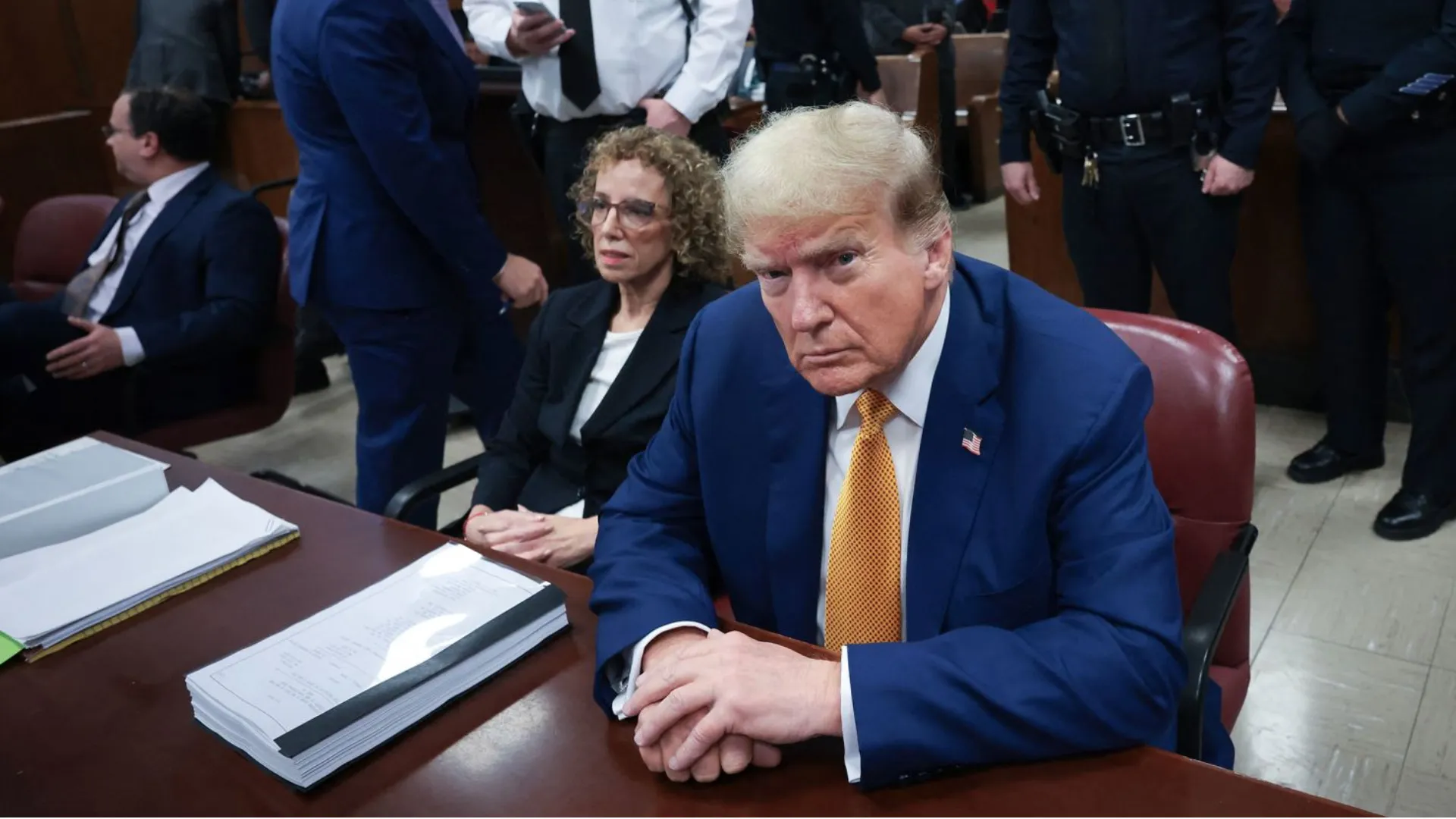
In a move that has sent shockwaves through the education and financial sectors, President Donald Trump has ordered a sweeping change to the administration of federal student loans. On Thursday, the president signed an executive order to begin phasing out the U.S. Department of Education, shifting responsibility for student loan oversight to the Small Business Administration (SBA).
The decision, announced alongside significant staffing cuts within the SBA, is raising alarms among experts, lawmakers, and advocates, who argue that it is a chaotic move with potentially disastrous consequences for millions of American borrowers.
Trump's executive order has drawn widespread criticism, with many questioning not only the abrupt nature of the shift but also the wisdom of handing over one of the federal government's largest and most complex programs to an agency that is already struggling with its own financial constraints. Student loans, which are currently administered by the Department of Education, represent a multi-billion-dollar portfolio affecting more than 40 million Americans.
Many of these individuals are already facing financial strain as they navigate the aftermath of the pandemic and ongoing economic uncertainty.
In a move that has many wondering about the long-term implications, Trump has indicated that the SBA will take on the responsibility of managing these loans starting the day after the executive order was signed. But what seems to be a straightforward bureaucratic shuffle is anything but.
The SBA has announced a dramatic 40 percent reduction in its workforce, casting doubt on the agency’s capacity to handle such a massive undertaking.
“This is a very bad idea. Moving student loans to an agency that’s already in crisis is only going to make things worse for borrowers,” said Aissa Canchola Bañez, policy director for the Student Borrower Protection Center. Bañez is among a growing chorus of critics who have warned that the move could create even greater confusion and chaos for those struggling with student debt.
Critics argue that the Trump administration’s handling of student loan policy thus far has been chaotic, at best, and this latest move only reinforces those concerns. The sudden decision to transfer responsibility for managing federal student loans to the SBA is just the latest chapter in what has been a years-long saga of disorganization and shifting policies in the student loan system.
“The most frightening thing about this is that it underscores a total lack of planning,” said Jessica Thompson, senior vice president for the Institute for College Access & Success. “There is no plan, and that is the most dangerous thing here. This is a program that affects 44 million Americans, and they’re already in a state of complete confusion and uncertainty.”
The uncertainty Thompson refers to is not unfounded. Millions of student loan borrowers are already dealing with a dizzying array of changes and policy reversals. Under President Biden, significant efforts were made to expand student loan forgiveness programs, including income-driven repayment plans that promised to help borrowers manage their debt more effectively.
However, those programs have been brought into question by the Trump administration, and many borrowers are now in limbo as they await further developments.
In particular, around 8 million borrowers are currently in forbearance under Biden’s Saving on Valuable Education income-driven repayment (IDR) plan, which was recently deemed illegal by a court ruling. The ruling led to the Trump administration halting access to any IDR plans, leaving borrowers with fewer options and creating an even more volatile financial situation.
While the Department of Education has promised that access to these plans will be restored, the administration has yet to follow through on that commitment. For many borrowers, this uncertainty is just the latest in a long line of frustrations.
One of the biggest concerns with the move to the SBA is the agency’s complete lack of experience with managing student loans. While the SBA has a long history of overseeing loans to small businesses, its track record with education-related financial programs is virtually non-existent.
As Canchola Bañez pointed out, the SBA is not equipped to deal with the complex legal and administrative issues surrounding student loans. The Higher Education Act, which governs student loan programs, provides a robust framework for protecting borrowers’ rights.
Shifting student loans to the SBA, an agency that has no history of managing such a program, is likely to exacerbate the already chaotic situation.
“There’s no way that the SBA, which has no background in managing federal student loans, is going to be able to provide the kind of support that borrowers need,” said Canchola Bañez. “This is a recipe for disaster.”
The ripple effect of the Trump administration’s decision to shift student loans to the SBA is already being felt by millions of borrowers. Many of these individuals, who were already in precarious financial situations, are now facing even greater uncertainty.
“I don’t know what element of federal government I want chaos to be in, but I think that one of the last places is going to be federal student aid, because that directly affects millions and millions of people in a very real way,” said James Murphy, director of career pathways and postsecondary policy at Education Reform Now.
Murphy’s concerns are not without merit. The student loan program affects millions of Americans, many of whom are struggling to balance their student debt with other financial obligations.
For those borrowers, any disruption in the program could have serious consequences, potentially pushing them further into financial hardship.
The ongoing confusion surrounding the Trump administration’s student loan policies is already creating a sense of panic among borrowers. With no clear answers or guidance on what the future holds, many are left feeling powerless and overwhelmed by the uncertainty.
Given the scale of the proposed changes, many experts are calling for more careful planning and involvement from Congress. Shifting responsibility for such a massive program requires not only administrative changes but also careful legislative oversight to ensure that borrowers’ rights are protected and that the transition does not result in additional harm.
“It’s going to take thoughtful, careful planning, and Congress needs to be involved in this process,” said Jessica Thompson. “This is not something that can just be handed off to the SBA with no input from Congress.”
Indeed, many advocates are urging lawmakers to step in and demand greater transparency from the Trump administration regarding the transition of student loans to the SBA. As it stands, the lack of clear information and the chaotic nature of the transition is leaving borrowers with little recourse and few answers.
In the midst of all this uncertainty, experts are advising borrowers to take proactive steps to protect themselves. Aissa Canchola Bañez recommends that borrowers download their payment history from the Federal Student Aid portal and keep detailed records of their repayment efforts.
Borrowers who are enrolled in forgiveness programs should also take screenshots of any tracking information related to their progress toward forgiveness.
Canchola Bañez also advises borrowers to reach out to members of Congress for assistance. “Members of Congress have entire teams dedicated to helping constituents navigate federal agencies,” she explained. “Borrowers should reach out for help, especially if they’re not able to get answers from the Department of Education.”
Despite the lack of clarity, advocates like Canchola Bañez are urging borrowers to remain vigilant and take steps to ensure that their rights are protected during this tumultuous period.
The Trump administration’s move to shift responsibility for student loans to the SBA is just the latest in a series of controversial actions related to education and student debt. Advocates fear that the ultimate goal of this move is to dismantle the federal student loan program entirely, potentially privatizing it or selling it off to third parties.
“I think the goal here is to crash the federal student loan program, devalue it, and then sell it off to a third party,” said Alan Collinge, founder of Student Loan Justice.

Collinge’s theory has gained traction among some experts, who believe that the Trump administration’s actions are part of a larger effort to privatize government programs and reduce the federal government’s role in managing public services.
As the debate over student loans continues, it’s clear that the Trump administration’s plan is likely to have far-reaching consequences for millions of Americans. Whether or not the move to the SBA is the first step in dismantling the student loan program entirely remains to be seen.
What is clear, however, is that the lack of planning and the chaos surrounding the transition will have serious implications for borrowers for years to come.





